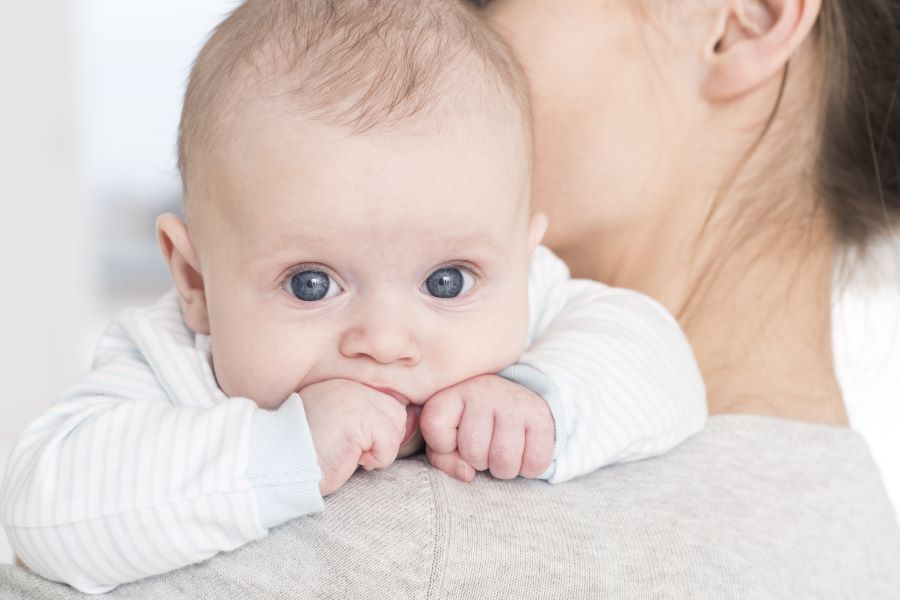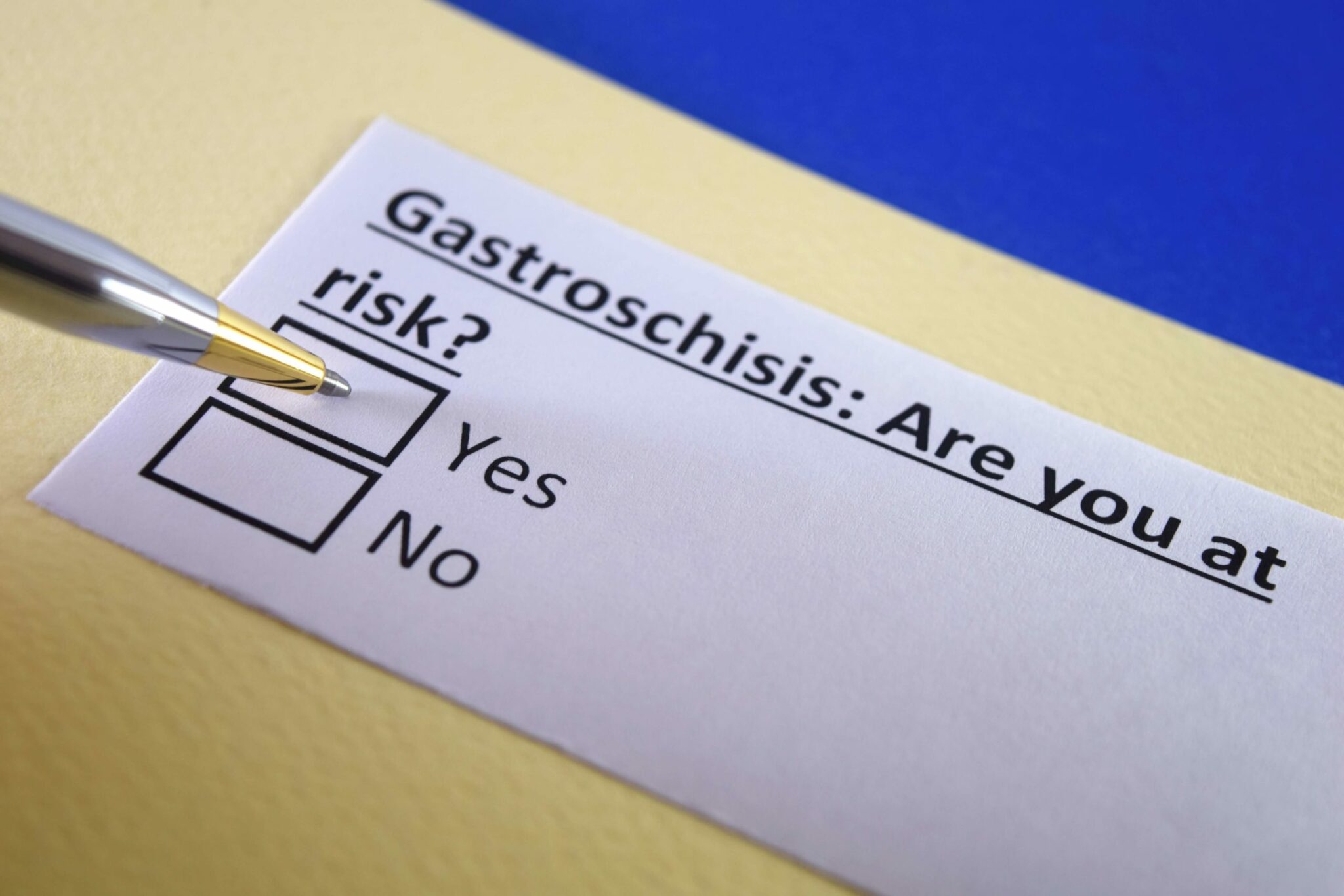When can I Tell my Baby’s Permanent eye Color?


It\’s natural for parents to want to know what color eyes their newborn child will have. Unfortunately, nature isn\’t quite so accommodating. It\’s very common that a baby\’s final eye color will end up being something other than the eye color he or she is born with. It can takes months, or even a full year, for an infant to manifest his or her permanent eye color.
Most babies have fairly nondescript eyes when they\’re born, with colors ranging from slate to gray-blue to blue-black to dark bluish-brown. Since the pupil is always black, what you\’re actually seeing is the color of your baby\’s iris, or the muscular ring that surrounds the pupil and controls the amount of light that gets into the eyes. Just like skin and hair, the color of the iris is ultimately determined by a pigmentation protein called melanin. The more melanin your baby\’s eye\’s produce, the darker his or her eyes will be. In newborns, however, the cells that produce melanin (called melanocytes) are not very active—just like everything else with your baby, they\’re still new and getting used to working on their own.
As your baby matures past the newborn stage, the melanocytes will begin to produce melanin, resulting in changing skin tone, changing hair color, and yes, changing eye color. But be patient! This is a slow process and can take months to be complete.
Even though the color of your newborn\’s eyes may not be immediately evident, here are some rough rules for eager parents:
Babies with darker-skinned parents tend to have darker eyes at birth, and it\’s rare for their eyes to lighten in color as they age.
Eye color is determined by genetics. If you and your partner both have blue eyes, and blue eyes are prevalent in your extended family, it\’s likely your baby will have blue eyes as well. This is because blue eyes are considered a \”weaker,\” or recessive trait, so two blue-eyes parents will usually pass along only blue-eyed genes to their child, resulting in a blue-eyed baby. Along the same lines, two dark-eyed parents can have a blue-eyed baby if each parent has a recessive gene for blue eyes \”hiding\” behind their dominant dark eye color, and both parents pass along that recessive gene to their baby.
If your baby is born with blue or green eyes, and you and your spouse both have brown eyes, it\’s possible, but not likely, that you will have a blue- or green-eyed child.
In some cases, your baby might have different colored eyes. This condition is fairly rare in humans, and it\’s generally caused by an underlying medical condition. Doctors refer to it as \”heterochromia.\” This may be caused by a genetic syndrome like Waardenburg syndrome, or it can be caused by injury or diseases like glaucoma. If you notice that your baby\’s eyes seem to be turning different colors over time, you should alert your child\’s doctor. In most cases, the child will be referred to a pediatric ophthalmologist for a thorough eye exam to make sure everything is okay.
You may also be interested to know that eye color ranks very low on the at-birth “check list” of the average pediatrician. If your doctor is concerned about your baby\’s eyes, that may be because the whites of the eyes are tinged yellow, which is a sign of jaundice. Pediatricians also look for more unusual findings such as cataracts or a white color behind the pupil, indicating more serious problems.
Sources:
- Mayo Clinic
- The Mayo Clinic Guide to a Healthy Pregnancy.
Alfred Rosenbloom, Jr - and Meredith W
- Morgan, Principles and Practice of Pediatric Optometry
- J.B
- Lippincott Company, 1990.
Powered by Bundoo®










































